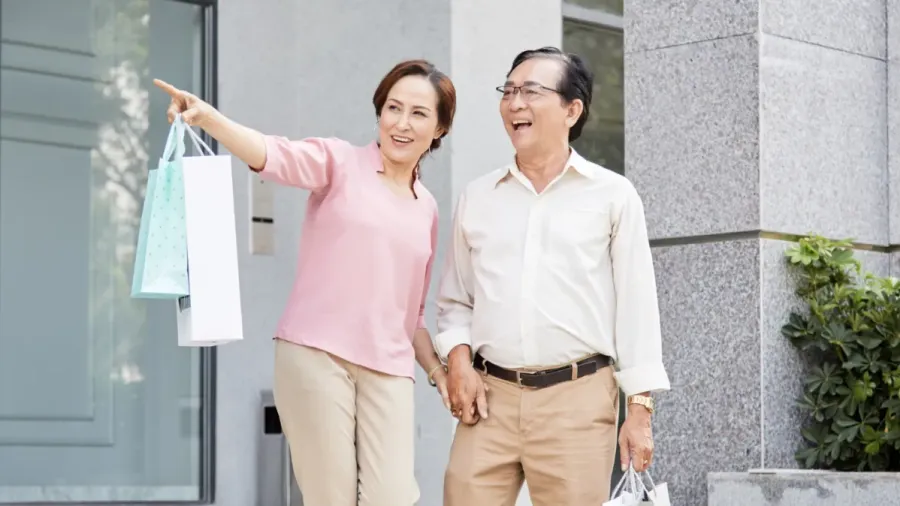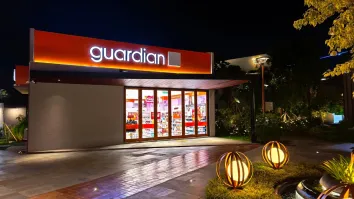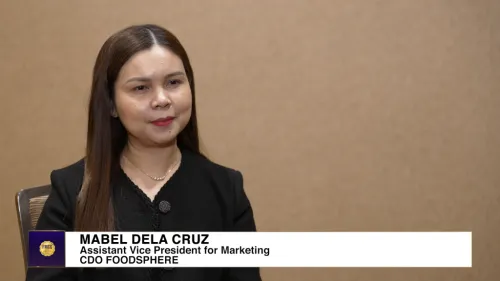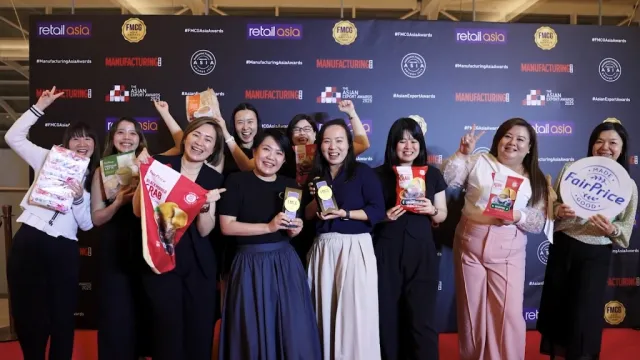
Ignoring seniors could cost retailers big
The new generation of older adults in Hong Kong consume more.
Retailers who ignore older shoppers may miss out on $700b in spending by Hong Kong seniors by 2046 — double today’s level and as much as five times more than the city’s annual public health expenditure, analysts said.
“By 2046, one-third of Hong Kong’s population is expected to be in the silver age,” Dicky Chow, head of healthcare and social innovation at Our Hong Kong Foundation, told Retail Asia. “The challenge is how to truly unlock the potential of the silver economy.”
He said the city’s silver economy by then could be four to five times the size of public health expenditure. “It’s that significant,” he said via Zoom.
“Just because older adults have the purchasing power doesn’t mean they’re willing to spend. Many feel there’s a lack of choices, or that products and services simply aren’t designed with their needs in mind,” he added.
Today’s older adults are living longer, healthier, and more active lives, and their consumption patterns reflect interests that go far beyond basic necessities, Xue Bai, director of the Research Centre for Gerontology and Family Studies at The Hong Kong Polytechnic University (PolyU), told Retail Asia.
“The new generation of older adults in Hong Kong has greater consumption potential, and there is a growing demand for age-friendly measures, products, and services,” she said in an emailed reply to questions. “The shift is transforming the ‘sunset economy’ into a ‘sunrise industry.’”
Product innovations could include smart home devices with intuitive interfaces, ergonomic kitchenware, and adaptive clothing that combines style with comfort, she pointed out.
In May, the Hong Kong government announced 30 measures to boost the city’s silver economy, including efforts to drive consumption through special shops and e-commerce platforms.
Developing the silver economy, however, requires more than just government action. Private companies should also take part, Chow said.
Few seniors are satisfied with age-friendly offerings, Xue said, citing a study by PolyU. She added that earlier research showed that more than 70% of senior consumption needs remain unfulfilled.
Seniors are more than twice as likely to spend when businesses implement a mix of age-friendly measures, she pointed out.
Despite the gaps, Xue said retailers have made notable progress in age-friendliness, especially among malls and restaurants.
She noted that initiatives such as the Charter for Age-friendly Shopping Malls have encouraged more than 60 shopping malls to set up barrier-free access, enhanced safety, staff training, and tailored products and services for older adults.
Retailers seeking to become more age-friendly should improve their infrastructure, services, product design, and marketing, Xue said.
To better serve older shoppers, retailers can use large fonts, high-contrast visuals, and simple navigation. Chow recommended adding images and videos.
“Usually, the elderly would prefer talking to someone, like a hotline,” he said.
Xue said shops should offer workshops, help desks, and guides to help seniors with online shopping and digital payment systems.
Chow said restaurants should offer more soft food options and smaller packaging since old people usually live alone or only with their partners.
Older adults have varied needs and retailers should see that. Chow categorised them into the “old-old” (80+), early retirees (65+), and the middle-aged future silver generation.
He said the old-old tend to need care and support, while early retirees seek leisure and tourism options. Middle-aged adults are generally more self-sufficient and can handle technology well.
Markets like Japan, the US, and Singapore can offer lessons for Hong Kong’s silver economy.
In Japan, where more than a quarter of the population is aged 65 or above, retailers have adapted by making their stores more accessible, offering senior discounts, and making age-friendly products, Xue said.
She noted that supermarkets like Aeon now have senior shopping hours, in-store assistance, and social spaces.

















 Advertise
Advertise






